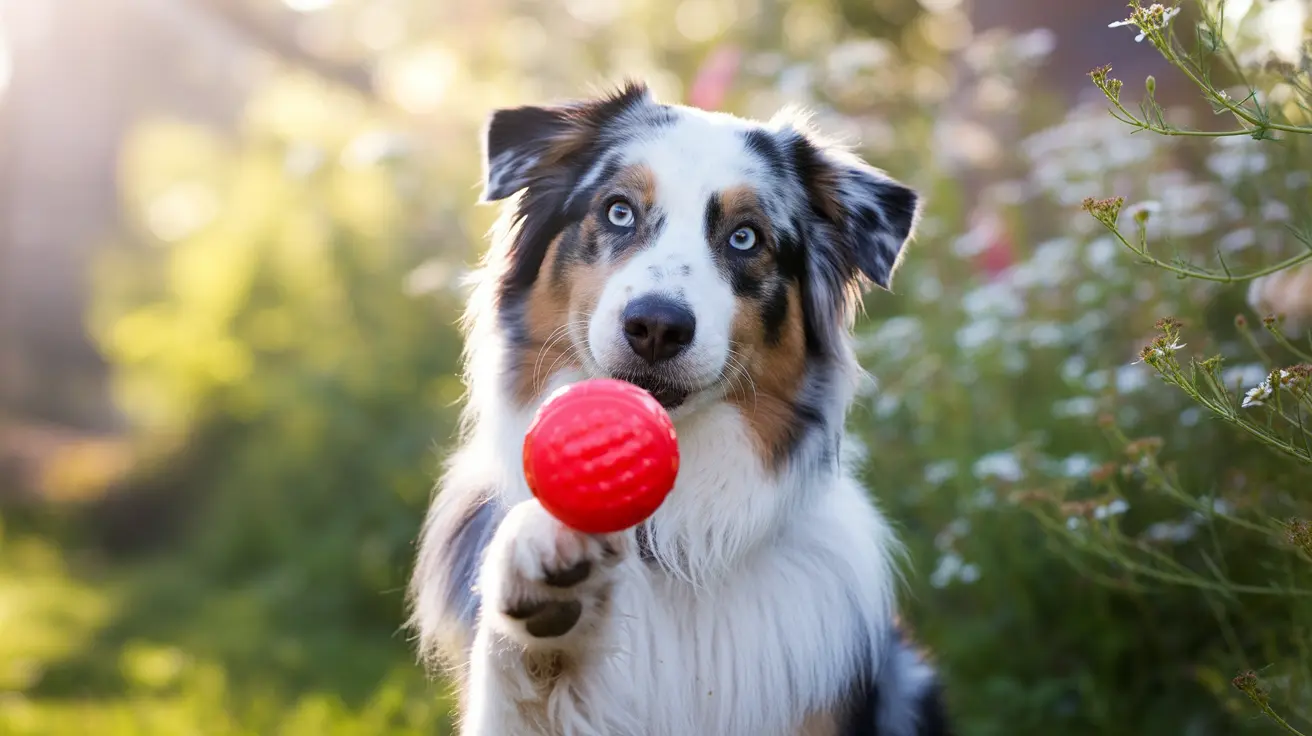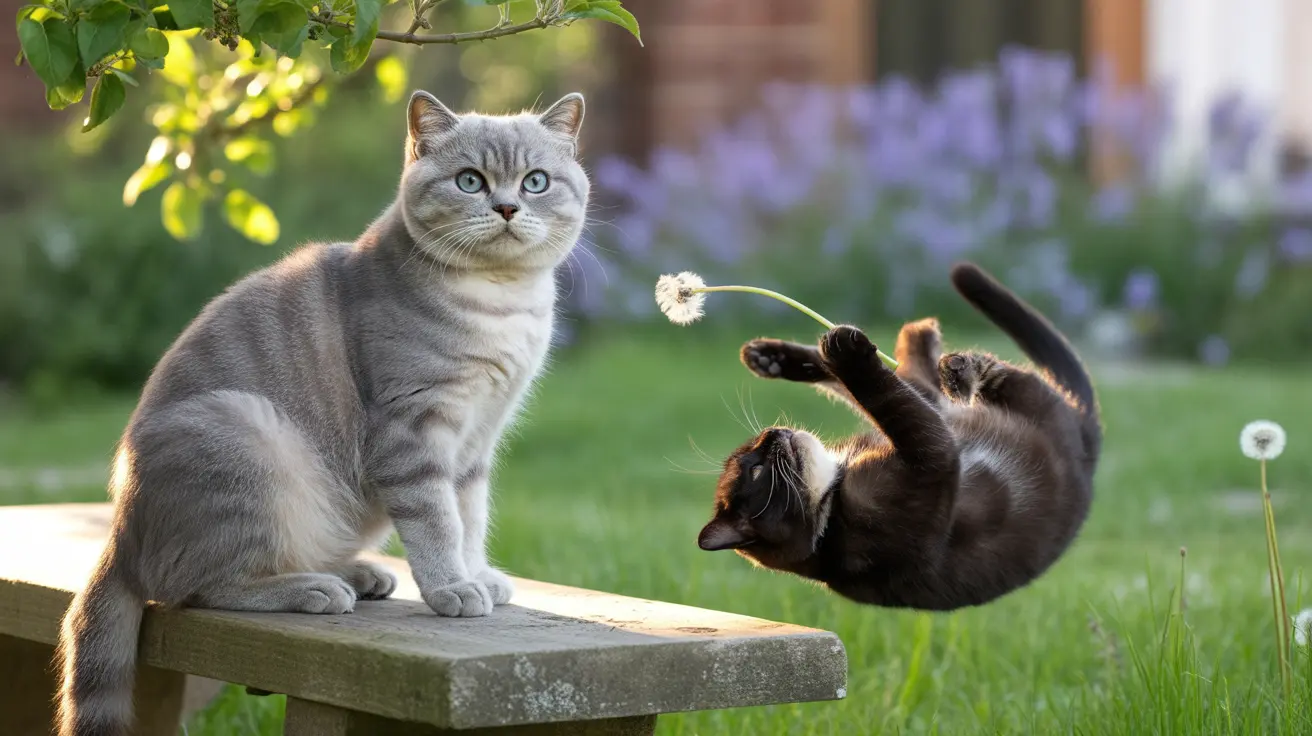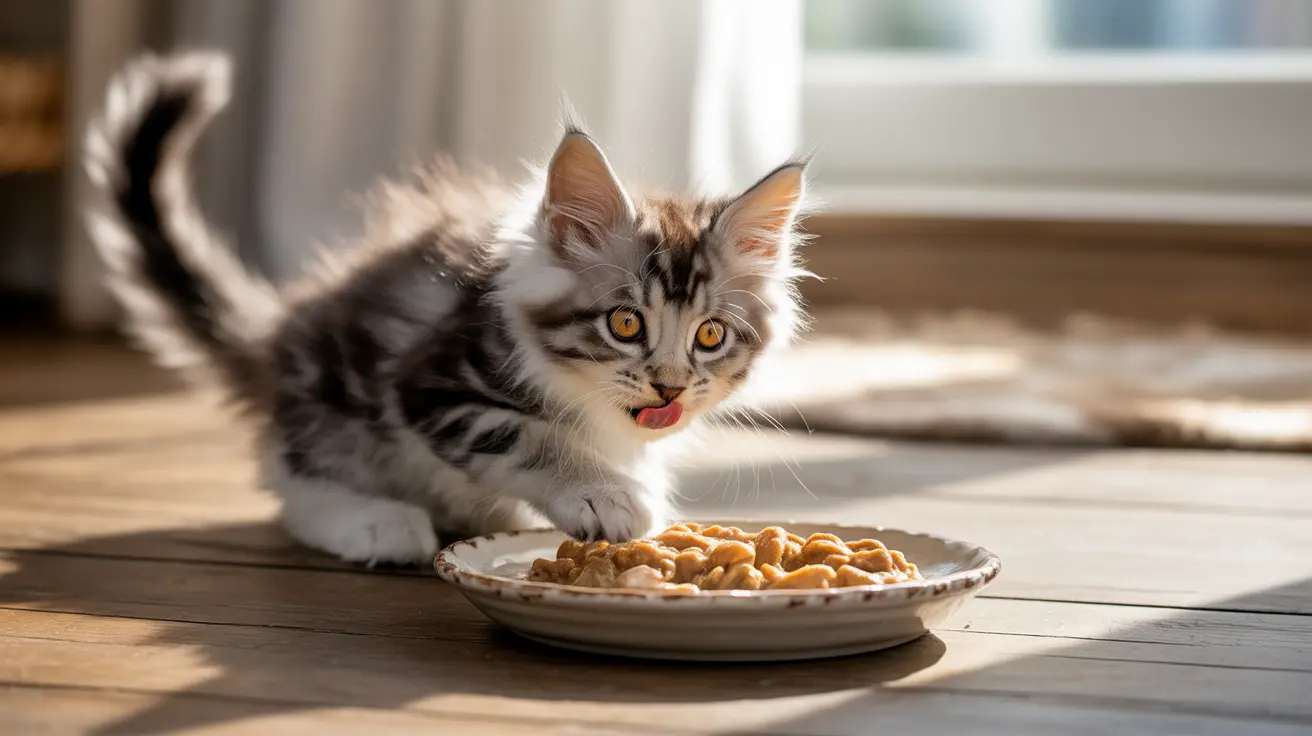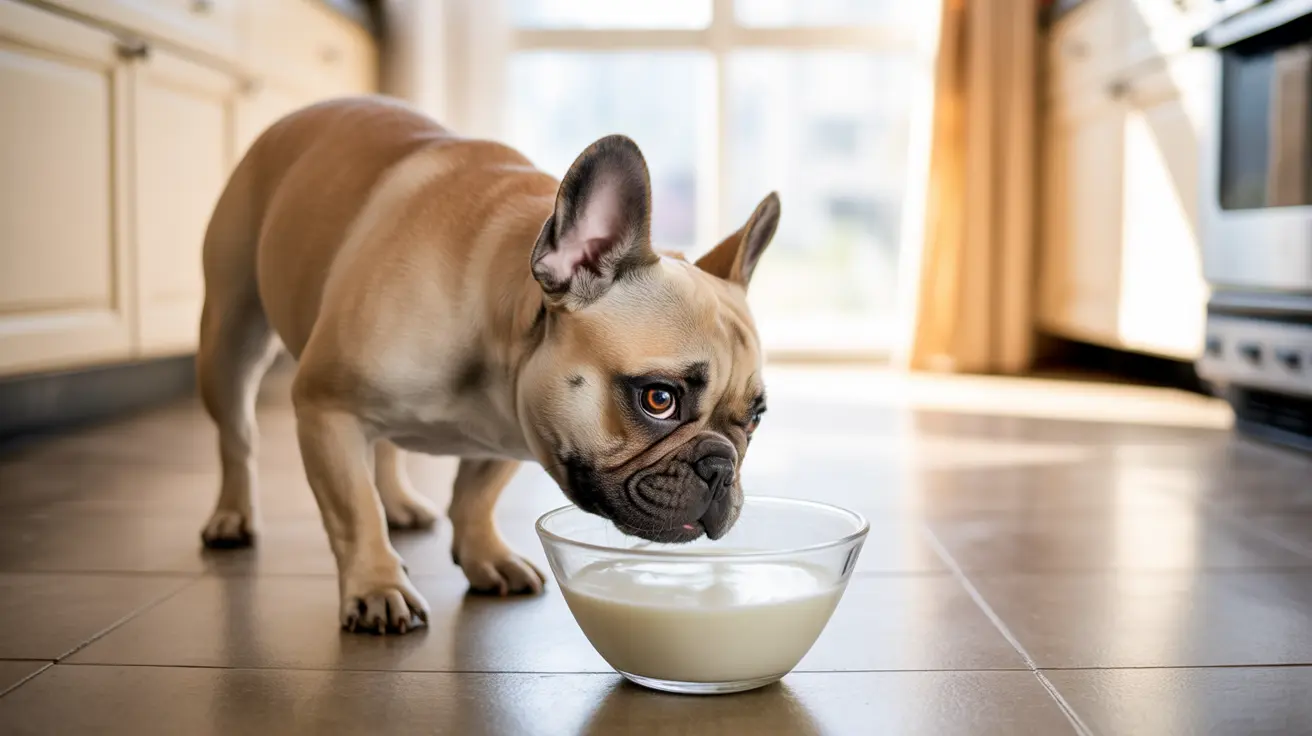Essential Pet Photography Tips: How to Capture Beautiful, Professional-Quality Photos of Your Furry Friends
Photographing pets can be one of the most rewarding yet challenging aspects of photography. Whether you're a proud pet parent wanting to capture your furry family member's personality or an aspiring photographer looking to improve your skills, understanding the fundamental techniques of pet photography is essential. The key to stunning pet photos lies not just in having the right equipment, but in understanding animal behavior, mastering lighting techniques, and developing patience.
In this comprehensive guide, you'll discover professional pet photography tips that will transform your snapshots into memorable keepsakes. From camera settings and composition techniques to working with different lighting conditions and managing your pet's energy levels, we'll cover everything you need to know to create expressive, beautiful images that truly capture your pet's unique personality and charm.
Master the Art of Eye Contact and Expression
The foundation of any compelling pet portrait lies in capturing expressive eyes that connect with the viewer. Just like human portraits, the eyes are the window to your pet's soul and serve as the primary focal point of your image. When photographing your pet, always focus on the closest eye to create that essential connection between subject and viewer.
To achieve sharp, expressive eye contact, use single-point focus rather than relying on automatic focus modes that might lock onto other features like the nose or ears. Tap and hold your smartphone screen on your pet's eye to lock focus, or manually adjust your camera's focus point to the nearest eye. This technique ensures that even if other parts of your pet fall slightly out of focus, the eyes remain crystal clear and engaging.
Getting your pet's attention naturally is crucial for capturing alert, interested expressions. Use novel sounds, squeaky toys, or treats positioned near your camera lens to draw their gaze toward you. However, avoid overusing your pet's name, as this can cause them to become desensitized to your calls. Instead, try soft whistles, clicking sounds, or crinkle a treat bag to achieve that perfect head tilt and attentive expression that makes pet photos truly captivating.
Optimize Your Lighting for Natural, Beautiful Results
Proper lighting is arguably the most critical element in pet photography, dramatically affecting both the technical quality and emotional impact of your images. Natural light consistently produces the most flattering results, creating soft, even illumination that enhances your pet's features without the harsh shadows or startled reactions that artificial lighting can cause.
The golden hours—shortly after sunrise and before sunset—provide the most beautiful, warm lighting for outdoor pet photography. During these times, the sun sits lower in the sky, creating soft, diffused light that flatters your pet's fur and creates a dreamy, professional appearance. If you must shoot during midday, seek out large shaded areas that provide even lighting without the harsh contrasts of direct sunlight.
For indoor photography, position yourself near a large window and use the indirect natural light streaming in. Turn off artificial lights and flash, which can startle animals and create unflattering color casts. If you must use flash, bounce it off the ceiling rather than directing it straight at your pet. When positioning your pet, ensure the light source is behind you so your furry subject is looking into the light, which will brighten their eyes and create more dynamic facial features.
Camera Settings and Technical Considerations
Understanding the right camera settings is essential for capturing sharp, well-exposed pet photos, especially when dealing with active animals that don't stay still for long. The key is to prioritize fast shutter speeds to freeze motion while maintaining proper exposure and depth of field.
For moving pets, use shutter speeds of at least 1/400 second, though 1/500 second or faster is preferable for very active animals. If you're using a smartphone, activate sports mode or continuous shooting mode to increase your chances of capturing that perfect moment. For sleeping or resting pets, you can use slower shutter speeds and take advantage of manual focus to ensure tack-sharp results.
Aperture selection plays a crucial role in creating professional-looking pet portraits. Use wide apertures (low f-numbers like f/1.2 to f/2.8) to create a shallow depth of field that blurs distracting backgrounds and makes your pet stand out dramatically. When using longer focal lengths of 85mm to 200mm, this effect becomes even more pronounced, creating that creamy, professional bokeh effect that makes your pet portraits look like they were taken by a pro photographer.
Keep your ISO as low as possible to minimize noise and grain in your images. Most modern cameras and smartphones perform well up to ISO 800, but exercise caution when going above ISO 1600. If you're shooting in RAW format, you'll have more flexibility in post-processing to adjust exposure and color balance without degrading image quality.
Composition Techniques That Make Your Pet Photos Stand Out
Great composition can transform an ordinary pet photo into a stunning portrait that captures attention and tells a story. The most impactful technique is getting down to your pet's eye level or even lower, which creates a more intimate and engaging perspective than shooting from above. This low angle makes your pet appear more majestic and allows viewers to see the world from your pet's perspective.
Apply the rule of thirds by using your camera's gridlines to position your pet off-center, creating more dynamic and visually interesting compositions. When framing your shot, give your pet space to "look into" within the frame, especially if they're gazing in a particular direction. This creates a sense of movement and story within the image.
Pay careful attention to your background, as cluttered or distracting elements can ruin an otherwise perfect pet photo. Before taking the shot, scan the entire frame for distracting objects like trash bins, telephone poles, or bright, conflicting colors. Choose backgrounds that contrast with your pet's fur color—light pets photograph beautifully against darker backgrounds, while dark-colored pets stand out against lighter settings.
For smartphone users, portrait mode can create attractive background blur, but ensure there's at least three feet between your pet and the background for optimal separation. Watch the edges carefully, especially with furry subjects, as portrait mode algorithms can sometimes struggle with fine fur details.
Capturing Your Pet's Natural Personality and Behavior
The most memorable pet photos are those that authentically capture your animal's unique personality and natural behaviors. Rather than forcing poses or artificial setups, focus on photographing your pet engaged in their favorite activities or displaying their characteristic expressions and mannerisms.
Before beginning any photo session, help your pet burn off excess energy through walks or play time. A slightly tired pet is more likely to cooperate and hold positions long enough for you to capture great shots. However, always respect your pet's mood and energy levels—never force an animal to pose if they're clearly stressed or uninterested.
Use positive reinforcement throughout your photo session, rewarding good behavior with treats, praise, or brief play breaks. Keep sessions relatively short to prevent your pet from becoming bored or anxious. Having an assistant can be invaluable for managing treats, toys, and sounds while you focus on camera operation and composition.
Capture a variety of shots during each session: close-ups that show detailed fur texture and eye expression, medium shots that include more of your pet's body and posture, and wider environmental shots that show your pet in their favorite spaces. This variety will give you a complete portfolio that tells the full story of your pet's personality.
Advanced Techniques for Professional-Quality Results
To elevate your pet photography beyond basic snapshots, experiment with creative techniques that add artistic value and visual interest to your images. The bokeh effect, created by using wide apertures and longer focal lengths, can transform ordinary backgrounds into dreamy, soft washes of color that make your pet appear to pop off the screen.
Try different angles and perspectives to create unique and compelling compositions. While eye-level shots work beautifully for intimate portraits, don't be afraid to experiment with bird's-eye views for sleeping pets or dramatic low angles that make your pet appear larger than life. Each perspective tells a different story and can highlight various aspects of your pet's character.
Use burst mode strategically to capture action sequences and perfect expressions. Rather than taking hundreds of photos randomly, anticipate moments of interest—like when your pet perks up their ears or tilts their head—and fire a quick burst to ensure you don't miss the perfect expression. Later, you can select the best frame from the sequence.
Consider the environment and how it complements your pet's appearance and personality. Outdoor locations should offer interesting features and path shapes that match your pet's natural pose and movement patterns. Avoid placing your pet directly in front of open sky or other bright, featureless backgrounds that can create exposure challenges and visual distractions.
Post-Processing and Editing Considerations
While capturing great photos in-camera should always be your primary goal, understanding basic editing techniques can help you polish your pet photos and correct common issues. Focus on fundamental adjustments like correcting white balance to eliminate color casts, brightening faces and eyes, and ensuring straight horizons in your compositions.
When editing pet photos, maintain the natural mood and character of your subject. Avoid over-processing with heavy filters or effects that make your pet look artificial. Instead, concentrate on subtle enhancements that bring out the best qualities of your original image while preserving the authentic look and feel of your pet's appearance.
For smartphone photographers, many apps offer pet-specific editing tools, but use them judiciously. Basic adjustments to brightness, contrast, and color balance are usually sufficient to make your pet photos shine. Remember that the goal is to enhance the natural beauty of your pet, not to create an entirely artificial look.
Frequently Asked Questions
- What camera settings should I use for active, playful pets?
Use sports mode or continuous shooting mode with fast shutter speeds of at least 1/400 second, preferably 1/500 or faster. Set your camera to continuous autofocus mode and use burst shooting to capture multiple frames during peak action moments.
- How can I get my shy or nervous pet to cooperate during photo sessions?
Start by letting your pet get used to the camera by keeping it nearby during regular activities. Keep sessions short, use positive reinforcement with treats and praise, and never force poses. Allow your pet to rest and move naturally, capturing candid moments rather than forced positions.
- What's the best way to photograph black or very dark pets?
Photograph dark pets against lighter backgrounds for contrast, and be careful not to underexpose the image. Focus on getting adequate light on their face and eyes, and consider using fill flash bounced off the ceiling if natural light isn't sufficient.
- Should I use my smartphone or invest in a camera for pet photography?
Modern smartphones can produce excellent pet photos, especially in good lighting conditions. Use portrait mode, HDR, and burst shooting features. However, dedicated cameras with longer lenses (85-200mm) give you more flexibility with composition and better background blur effects.
- How do I deal with pets that won't look at the camera?
Use novel sounds like squeaky toys, treat bags, or soft whistles positioned near your lens. Avoid overusing your pet's name. Sometimes, capturing them looking away can create beautiful profile shots or environmental portraits that show their personality.
- What are the most common mistakes to avoid in pet photography?
Avoid using direct flash, shooting from too high an angle, cluttered backgrounds, and forcing poses. Don't chase your pet around trying to get the perfect shot—instead, be patient and let natural moments unfold.
- How can I photograph multiple pets together?
Have an assistant help with positioning and attention-getting, use treats strategically, and take advantage of natural moments when they're already together. Focus on the closest pet's eyes and use a smaller aperture (higher f-number) to keep both animals reasonably in focus.
Conclusion
Mastering pet photography is a journey that combines technical knowledge with patience, creativity, and a deep understanding of animal behavior. By focusing on the fundamentals—proper lighting, sharp focus on the eyes, appropriate camera settings, and thoughtful composition—you can create stunning images that truly capture your pet's unique personality and the special bond you share.
Remember that the best pet photos often happen spontaneously, so keep your camera or smartphone readily accessible and be prepared to capture those precious, fleeting moments. With practice and persistence, you'll develop the skills and intuition needed to consistently create beautiful, professional-quality pet photographs that you'll treasure for years to come. The investment in learning these pet photography tips will reward you with a lifetime of memories and the satisfaction of seeing your beloved companion's personality shine through every image.






